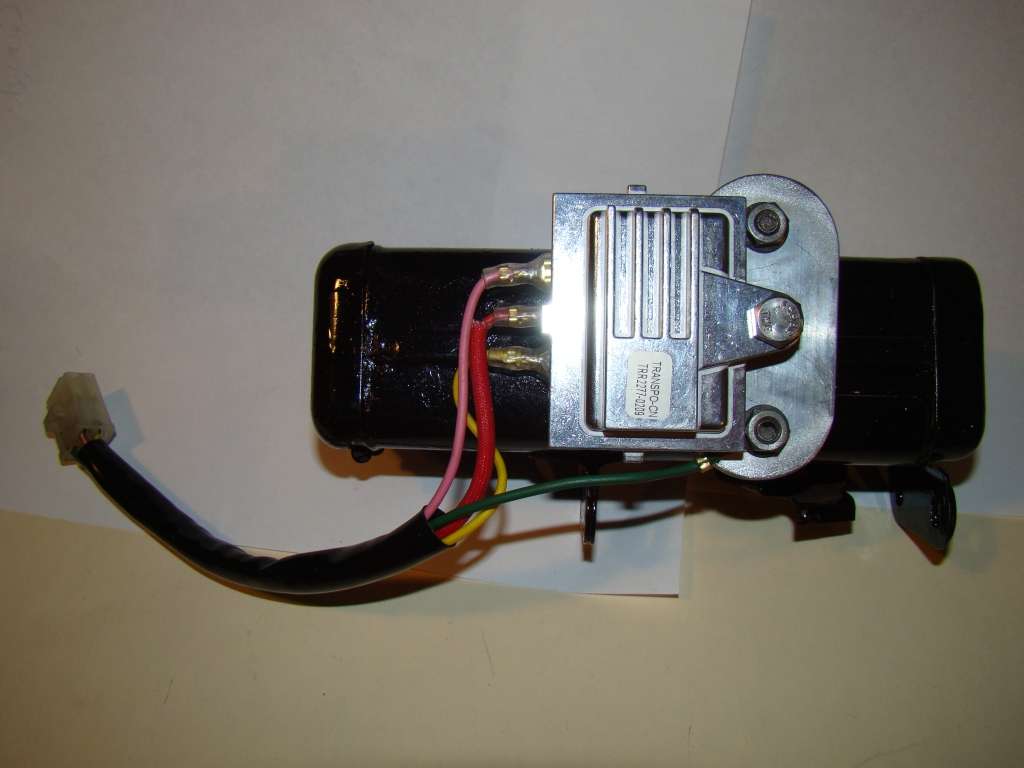timeconsuming
Foolish until proven intelligent.
Hey guys
Recently threw in a modern regulator-rectifier in my 75 cb400f and after testing the voltage at the battery and I saw these results:
Bike off: 12.6 V - 12.7 V
Idling (1k-1,200 rpm): 14 V - 14.4 V
Revving (5k - 6k rpm): up to about 15.3 V at the highest, but steady around there while revving.
My main concern is (since I've been riding it around regularly) will this damage any of my electrical? If so what should I be looking out for? Warning signs, etc.
Second concern is that my old Honda regulator had a ground wire and the instructions with the modern regulator/rectifier said I didn't need to worry about grounding that wire, as the ground in the rectifier cluster would take care of it... Could this cable no longer being grounded be causing my high voltage? I plan on wiring in a ground cable to test but figured I'd ask while I'm here.
Also this leads me to believe that I need to get a good ground when mounting the regulator-rectifier but am not sure where to put it since it's bigger than the old rectifier (so it won't fit in the original spot next to the battery). Right now it's bolted to the side of the air box, which also currently holds my other electrical... The air box is bolted directly to the frame so I'm wondering if that's enough?
Thanks!
Recently threw in a modern regulator-rectifier in my 75 cb400f and after testing the voltage at the battery and I saw these results:
Bike off: 12.6 V - 12.7 V
Idling (1k-1,200 rpm): 14 V - 14.4 V
Revving (5k - 6k rpm): up to about 15.3 V at the highest, but steady around there while revving.
My main concern is (since I've been riding it around regularly) will this damage any of my electrical? If so what should I be looking out for? Warning signs, etc.
Second concern is that my old Honda regulator had a ground wire and the instructions with the modern regulator/rectifier said I didn't need to worry about grounding that wire, as the ground in the rectifier cluster would take care of it... Could this cable no longer being grounded be causing my high voltage? I plan on wiring in a ground cable to test but figured I'd ask while I'm here.
Also this leads me to believe that I need to get a good ground when mounting the regulator-rectifier but am not sure where to put it since it's bigger than the old rectifier (so it won't fit in the original spot next to the battery). Right now it's bolted to the side of the air box, which also currently holds my other electrical... The air box is bolted directly to the frame so I'm wondering if that's enough?
Thanks!






